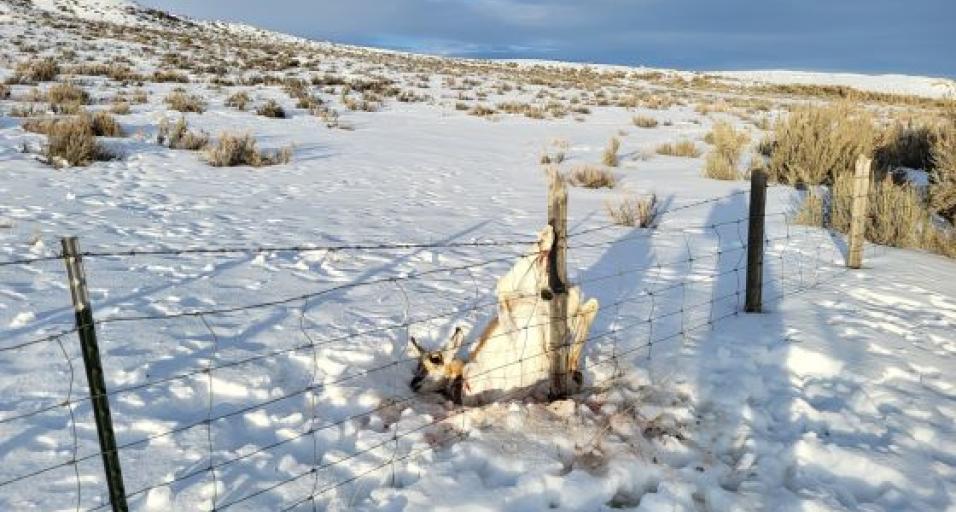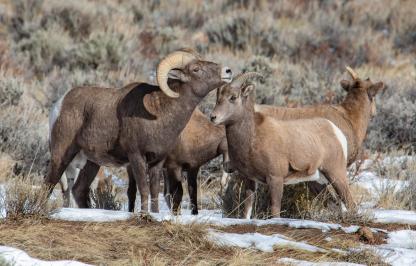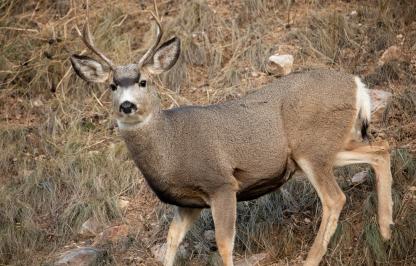BAGGS— This year marked the completion of several significant projects to improve highway safety for humans and wildlife. The Dry Piney wildlife crossing was completed in October; 17 miles of eight-foot-tall fencing along both sides of the highway funnels migrating mule deer and pronghorn to a series of underpasses facilitating safe crossing for wildlife. The construction took two years and 15.1 million dollars to complete. In December, the state was awarded a 24.3 million-dollar grant for another project between Kemmerer and Evanston. These large projects have garnered national attention, showcasing Wyoming’s commitment to safer roads for wildlife. Meanwhile, work to remove obstacles for wildlife is continually ongoing for the wildlife professionals at Game and Fish. One smaller-scale project was tackled for a one-mile stretch of fence along U.S. Highway 789.
Baggs Game Warden Kim Olson had pulled too many trapped pronghorn from the fence along U.S. Highway 789 south of Creston Junction. She rallied the troops and, with the blessing from the Wyoming Department of Transportation, the Bureau of Land Management, 3 Forks Ranch, and H.B. Lee Cattle Company, modified the right-of-way fencing along a one-mile stretch of the highway near mile marker 34. Olson gathered a crew of willing fencers from Game and Fish, along with the expert aid of John and Ester Clark, to replace woven wire fencing to facilitate safe movements for pronghorn and deer. “It has been converted to a 4-strand wire fence, with the bottom wire smooth and raised to allow pronghorn to scoot underneath,” Olson said.
“Just last winter, during a very bad event, a truck plowed into 15 pronghorn that had bedded down on the road. I had to put down many of them as they were still injured.” Olson said. That was not the first instance of animals having challenges in that location. Pronghorn can become trapped in fences after unsuccessful attempts to jump over them. Often, they are dead before we are notified or have sustained injuries too severe to overcome. With animals facing many obstacles and challenges in the wild, it is essential to mitigate those challenges when and where possible. Solving these problems does not always require millions of dollars or years of construction. Sometimes, all it takes is determination and a few willing volunteers to make meaningful changes for wildlife.
Woven-wire fence replaced with wildlife friendly alternative




